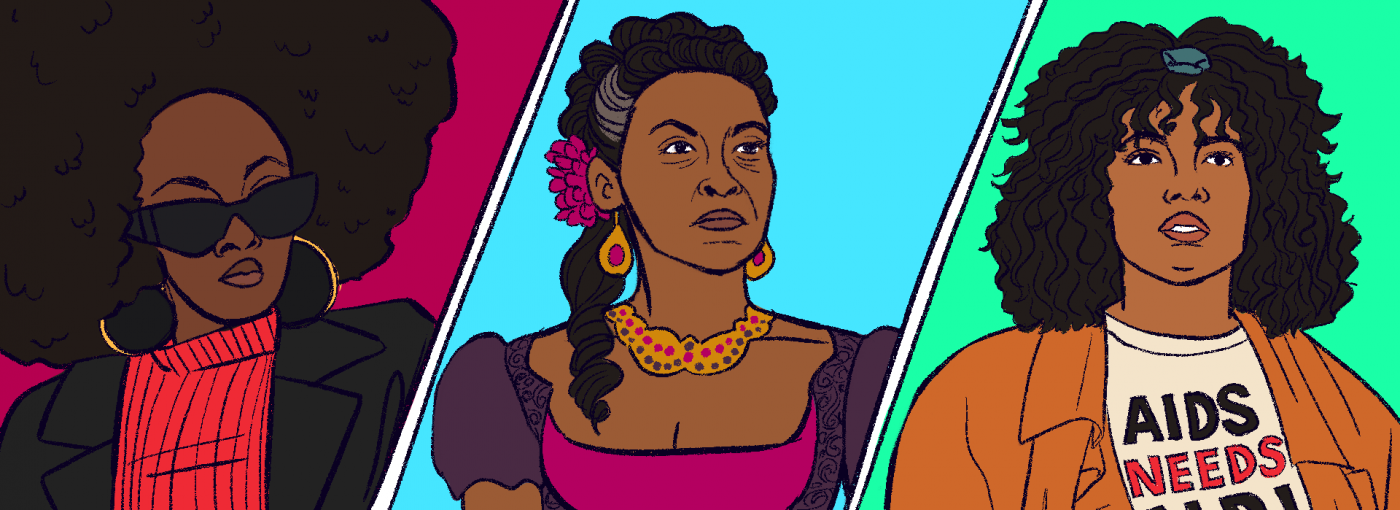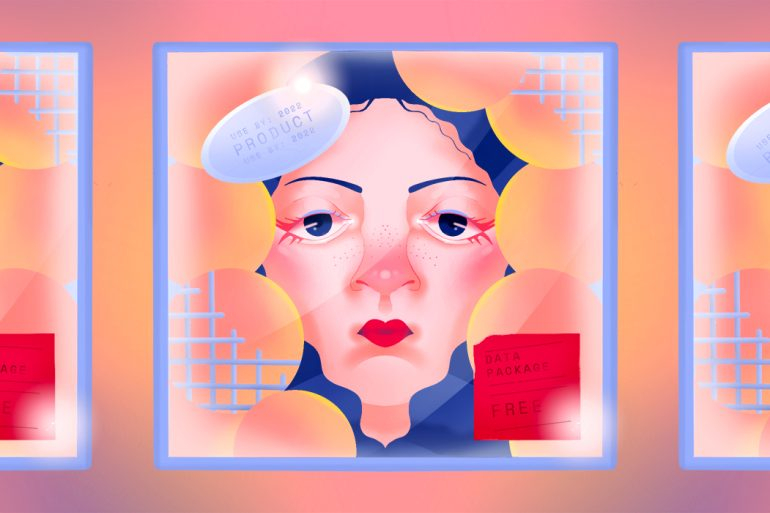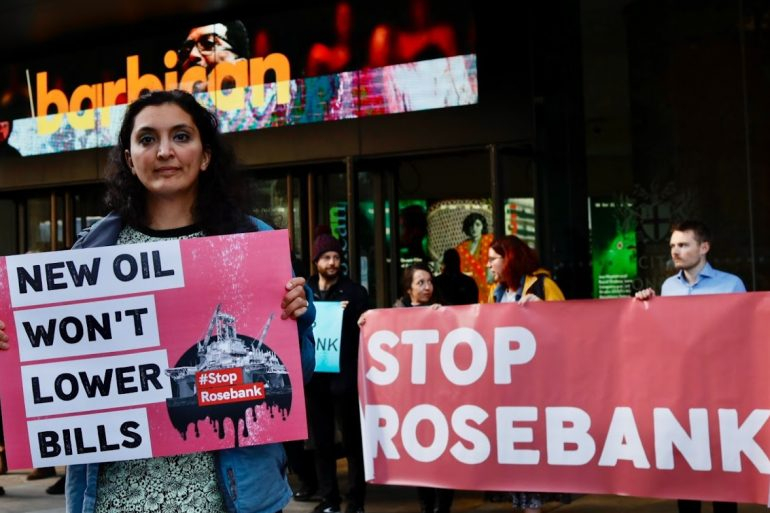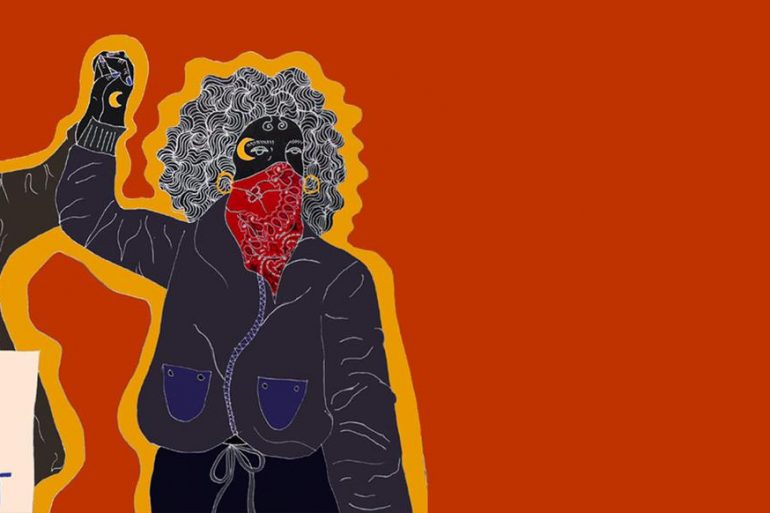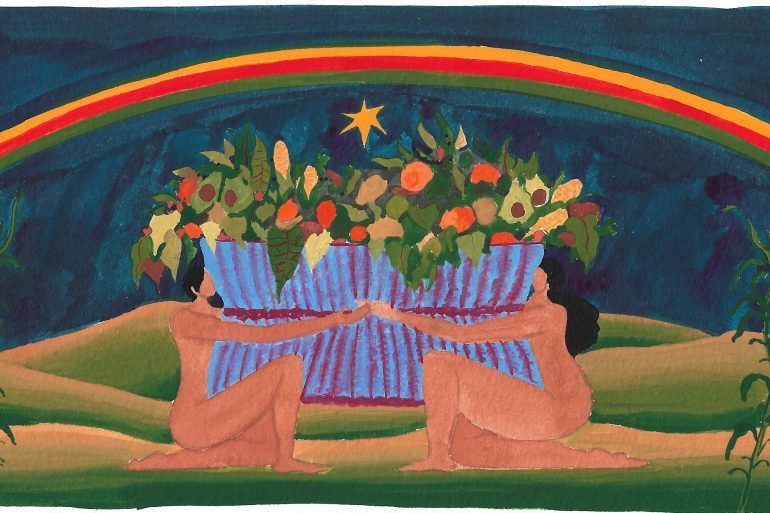Of all the Black female tropes, the ‘mammy’ stereotype seems to most escape our attention. Being aggressive, unintelligent, ghetto, hyper-sexual, a welfare queen or a money-hungry gold digger seem like the far more obviously damaging pigeon holes for Black women to be forced into. By contrast, the ‘mammy’ trope frames Black women as subordinate, gentle, sage advisors; warm maternal-like figures, often plump in stature, holding a rolling pin and a beaming smile.
But the fictional ‘Mammy’ isn’t a benign Black female trope at all. The stereotype was born from the South’s refusal to completely let go of slavery after losing the American Civil War. It was then used as a tool against the fight for racial equality in the late 19th and early 20th centuries. As explained by Ellen E Jones: “The US were so desperate to be absolved of the crimes of slavery, that such an absolver — maternal, asexual, ever-loyal and Black — had to be invented.” It’s not a stereotype that has remained in these narrow confines of Southern American history either; the Black mammy lives on, remaining ever-present in our popular culture and in 21st century expectations of Black women, moving beyond just fiction.
The mammy figure, born in slavery and perpetuated throughout the Jim Crow era, is a Black woman, likely living on a plantation either as a slave or low-paid house servant, who exists mostly to serve the needs of her white family. When portrayed in fiction she has no story of her own, and is understood purely in relation to white family she works for. As Jones further states: this figure is also one which is entirely fictitious. Historians have since asserted that the care of white children in the US South was more often given to light-skinned teenage girls who were unlikely to be maternal or full in figure due to inadequate diets and low life expectancies. Therefore, any typical depiction of a mammy character has no basis in historical reality. One of the most famous conceptions of a mammy is in Gone With the Wind, a film that aptly captures the American South’s refusal to come to terms with a post-slavery America and the urgency of Black people fighting to attain greater civil rights. The film romanticises the slave-owning South as a genteel, simple time and the mammy represents a fictionalised conception of Black women happy to be under the servitude of white people, as though this was their natural place. Hattie McDaniel who played this character was actually the first Black actor to win an Academy Award, reinforcing that, in the eyes of the mainly white academy and audience, the servile role is the best place for Black women, both on and off screen. This concept was perhaps easier to swallow, than accepting that actually for hundreds of years Black people had been legally kept in bondage against their will.
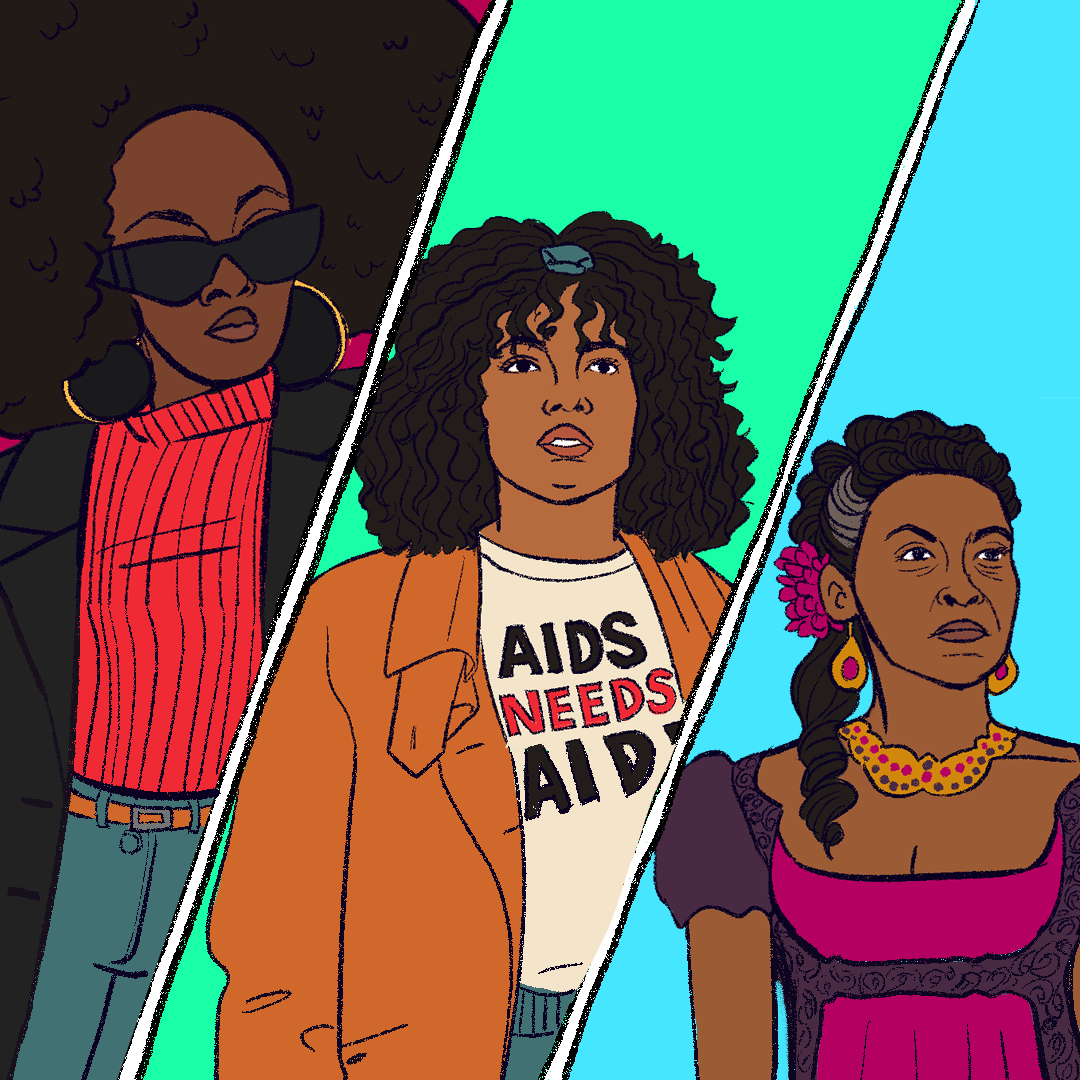
Gone With The Wind was first released in 1940, but today’s media culture reflects subtler – or to be honest, sometimes thinly-veiled – versions of very similar views. The mammy character was a creation of white supremacy, a tool to reinforce and legitimise racist hierarchies by depicting Black women in a servile position on screen. So are modern directors, purposefully or not, still continuing this trend? Take the latest Netflix smash hit Bridgerton, a Shonda Rhimes produced series focused on the lives of young women and their potential suitors in 18th century Georgian London. Except, it’s not quite the Georgian London of history books. Instead, the show is set in an vaguely alternative history, where racism has been solved on a superficial level due to the marriage between Queen Charlotte (who historians believe may have actually been Black in real life) and George III. The characters are therefore from a variety of racial backgrounds, including one of the main characters, the Duke of Hastings, played by Regé-Jean Page, who is of Black mixed heritage. Though the show looks promising on the surface, it too falls into the ‘mammy’ trap. Lady Danbury (notably the only dark skinned Black woman given any prominent role beyond just a character in the background) is close to the Duke of Hastings, providing him with relationship advice and emotional support. We’re told that she’s been in his life since he was young, but how she attained her position in society isn’t made clear from the outset. You expect at some point her storyline to be developed further – but it isn’t. She remains on the peripherals of the core story and is purely a vehicle for the white or lighter-skinned Black characters’ narratives. She has an upper-class English demeanour, so stylistically she doesn’t meet the Southern conception of the mammy trope, and yet in substance she’s very similar; consistently depicted as content with serving others’ emotional needs whilst having none of her own.
Mammy vibes also crop up in The Queen’s Gambit, another recent Netflix hit. The storyline focuses on the white chess genius Beth Harmon, who grows up in an orphanage and meets Jolene, a young Black girl who, like Beth, also hopes to be adopted. She takes Beth under her wing, giving her advice on how to adjust to life in the orphanage. We hear very little about Jolene’s own story. Flash forward several years later and Jolene appears again, just in time for when Beth’s life is falling apart. Beth has a spiralling drink and drug addiction and is still dealing with the loss of her adoptive mother. Jolene’s existence is as a caregiver to Beth, notably getting almost no support in return. It’s suggested that as an adult Jolene is living a complicated but exciting life (she rocks up in a swish car and hints that she’s having an affair with a rich man) but it’s never really explored, and Beth never makes it her place to provide further support. Once Jolene’s helped Beth fix herself she simply disappears from the narrative. Jolene falls into the confines of Spike Lee’s term “Magical Negro”, summarised by Roxane Gay as “a Black character [inserted] into a narrative who bestows upon the protagonist the wisdom he or she needs to move forward in some way.” The Queen’s Gambit takes this one step further, imbuing Jolene with all the caregiving qualities she needs to become a modern mammy.
Finally, Channel 4’s It’s A Sin, focusing on the impact the AIDS crisis had on the gay community in the eighties, finds its own mammy-like character in Jill. She becomes the first in her group of friends to take AIDS seriously and devotes virtually the whole decade to raising awareness, protesting and supporting her white gay friends in particular, who fall victim to the virus. Though the series rightly shines a light on the impact of AIDS within the gay community, I couldn’t help but feel that her character fits the mammy frame; the audience could have been given just a glimpse more of her to try and avoid this. Throughout the series we learn virtually nothing about her outside the lives of the men she cares for and she’s stripped of any romantic or sexual life of her own. The Black male character Roscoe gets to be much more dynamic, interesting and flawed. Jill however, is once more both the ‘absolver’ and the ‘magical negro’. She’s fun in episode 1, playing cupid to main character Ritchie and encouraging him to go for the tall and handsome Ash – yet importantly still serving his desires rather than her own. Yet as the show progresses, so does her martyrdom; she dishes out warnings early on in the pandemic, works for an AIDS helpline and devotes herself selflessly to the cause. She’s pretty much perfect, on first-name terms with all the nurses on the AIDS ward and visiting men who are seeing out their last days in shame-induced secrecy. For a show whose context is initially rooted in the joy of youth and sex, Jill’s made out to be a middle-aged celibate; the cosy motherly type missing for characters whose own families have turned their backs.
So why does this matter? I think how we posit Black women in fiction speaks volumes about how we choose to see Black women in real life. The defeat of Donald Trump in the 2020 election led many to exclaim that Black women “saved America” from the turmoil of outright white supremacy (by no coincidence, Trump actually said “can we get like Gone With the Wind back please?” at a rally last year). But Black female voters aren’t our absolvers, turning up just in time to show us the right path and save the day. Black women don’t owe a debt of servitude to society and as it’s been highlighted, saving society from deep seated racist ideology isn’t the core of their existence. We romanticise Black women’s role in fixing other people’s problems, or huge structural issues, and I think it’s because we want to believe Black women chose to selflessly devote so much time to this, because then the responsibility of fixing them isn’t so burdensome on those with more racial privilege and power.
The reality is, while Black women are of course caring, loving human beings, that care isn’t at the behest of white people. We have our own lives and our own narratives too – perhaps it’s time we started telling those stories instead.
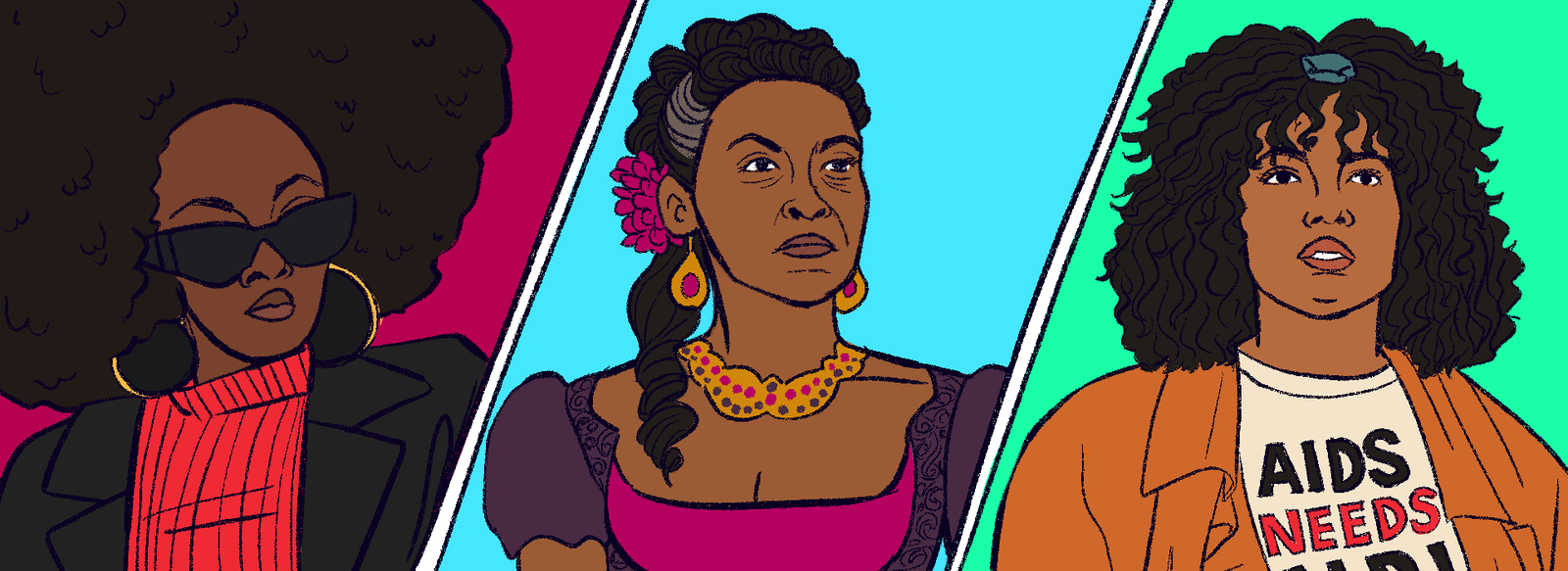
See more of Chanté’s work on Instagram

